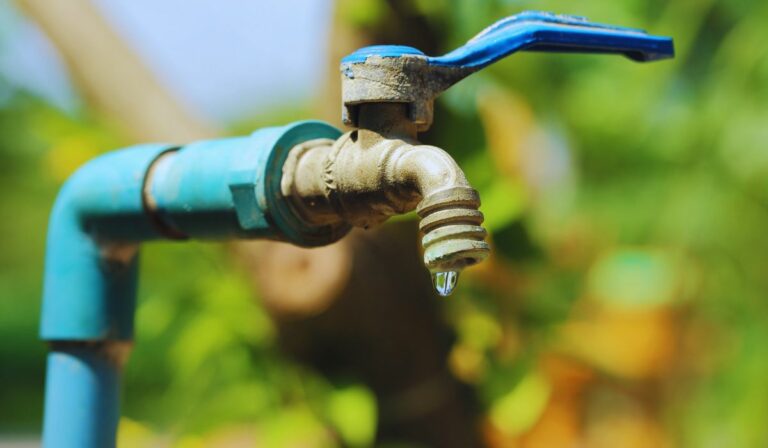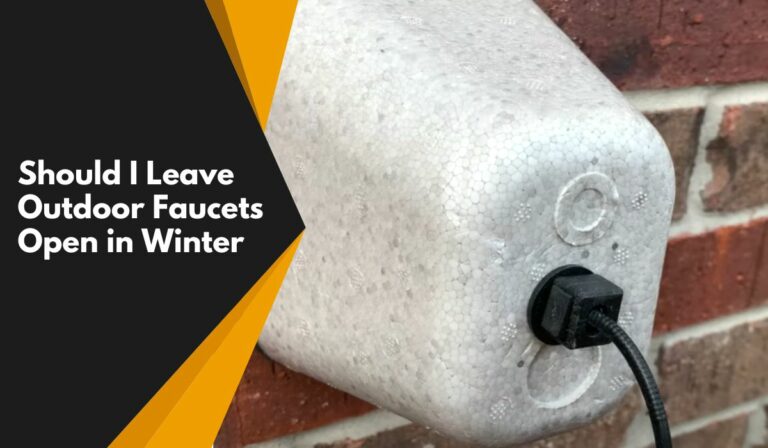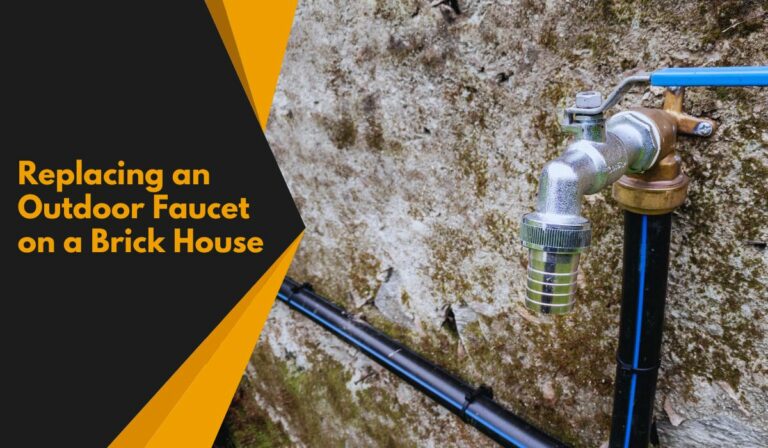Hose Bib Shut Off Valve: An Essential Guide to Its Purpose and Usage
To winterize or drain water from the hose bib that is outside, it requires the use of the shut-off valve. But most DIYers get confused to understand its meaning, working, and other stuff.
Well, a hose bib shut-off valve is the outdoor faucet’s water supply line that you can control by using the lever or handle. Via this, you can close or open the path for water which goes to the hose bib faucet.
Since it’s a little puzzling to get, I’ll break this down here along with other interesting topics that you may be searching for. Scroll down!
A Hose Bib Shut-off Valve’s Definition!
The hose bib is a special kind of outdoor faucet that needs a shut-off valve for safety measurement. For the outdoor faucet, a shut-off valve does a great job to stop or continue the flow of water or external gasses.
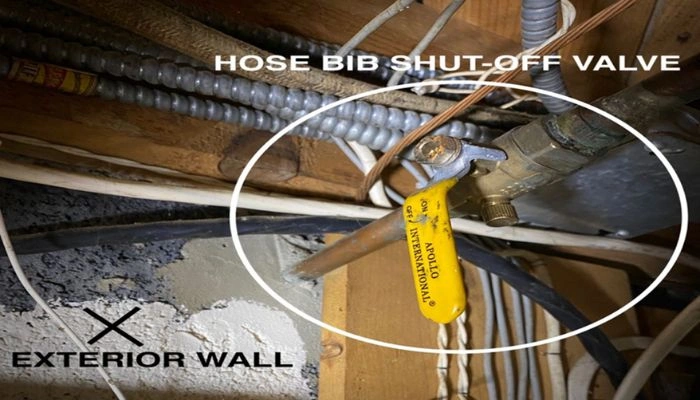
In short, the pipe connected to the hose bib faucets on the outside won’t freeze in the winter as you can simply turn off the water supply using the shut-off valve. Think of it as the main water supply line of your house, which can be turned on or off depending on the situation.
Most of the time, the hose bib shut-off valve location is behind the exterior wall. People often insert the shut-off valve in a place that is reachable to quickly turn off the water supply and prevent disaster. Like, inside the basement, crawl space, or utility room.
So, when to use a hose bib shut-off valve? Well, most folks use it to turn off the water supply when they need to loosen up a stuck water spigot or change the part. Apart from this, people use this to winterize or drain the hose bib faucet on the outside.
FYI, there are mainly 3 common kinds of shut-off valves that suit the hose bib faucet. And these are:
- It has a circular handle with a gate inside that lifts down or up in order to open or close the route for water to travel. To turn on or off the water supply, you’ll need to twist the handle to the left or right side.
- It usually contains a ball inside and a lever to quickly close or open the path for water to travel. You only need to slide the lever to turn on or off the water supply to the hose bib faucet.
- It’s the most common type that offers a stem with a rubber washer on the end to control the flow of water when you twist the globe handle. To turn on or off the water supply, you’ll need to twist the handle in the left or right direction.
How Does a Hose Bib Shut-off Valve Work?
Depending on the type of the hose bib shut-off valve, its working may differ. To understand it better, let me explain it in detail:
Gate Shut-off Valve
If you have the gate valve for your hose bib faucet, it will work using the inner gate by moving the stem part when you rotate the wheel or handle.
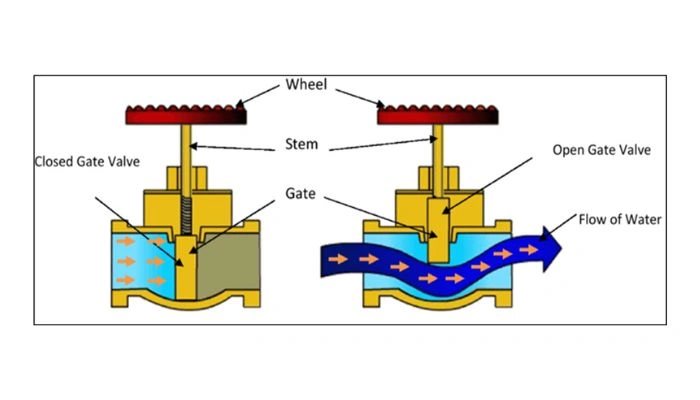
In the closed position, the shut-off valve lifts the gate and stem parts down when you twist the handle in a clockwise direction. And so, the water can’t surpass and won’t travel to the faucet.
In the open position, the shut-off valve lifts the gate and stem parts upward when you twist the handle in an anticlockwise direction. Due to this, the flow of water reaches the faucet and you get water.
Ball Shut-off Valve
The ball aka quarter-turn shut-off valve works by using the round ball (two sides open) in the middle of the pipe.
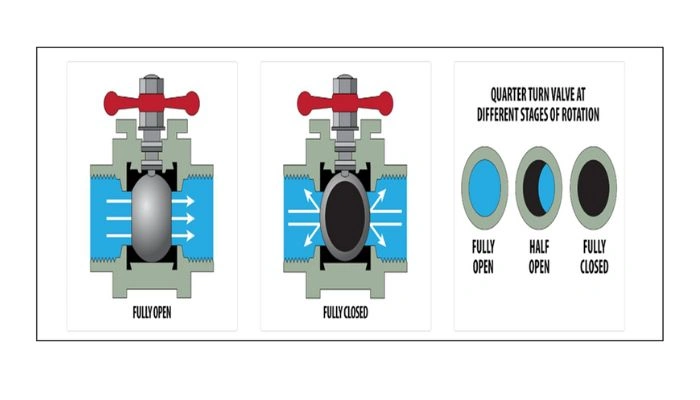
In the OFF position, the center hollowed-out ball moves to 90° block the pipes where water can enter when you fully slide the lever. This causes the water to stop traveling.
And in ON position, the center hollowed-out ball moves 90° to the exposed part on the sides so that water can freely travel when you fully slide the lever. Due to this, the water comes directly to the outdoor hose bib faucet.
Compression Shut-off Valve
This kind of shut-off valve works similarly to the gate type. However, instead of using the gate, the compressed valve uses a stem with a rubber washer to grant or stop water from traveling to the faucet.
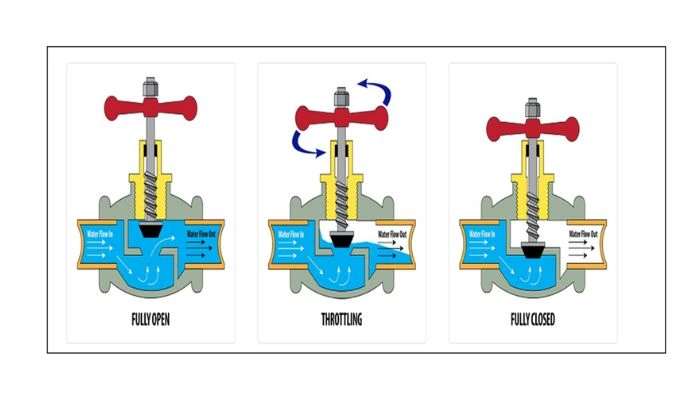
When you turn the handle in a clockwise direction, the stem with the rubber washer goes down and blocks the flow of water. Therefore, the faucet won’t get the water supply.
Then again, when you turn the handle in the anticlockwise direction, the stem with the rubber washer goes up and exposes the path for water to flow out. After this, you can get water from the hose bib faucet.
How to Winterize Hose Bib with Shut Off Valve?
Before starting the procedure, you’ll need to remove the hose from the hose bib faucet. Based on the shut-off valve with or without the bleeder cap, here’s the procedure for each style:
Winterize Hose Bib with Bleeder Cap in Shut-off Valve
To begin, put the shut-off valve in a close position by lifting the lever down or twisting the handle in a clockwise direction (based on the type).
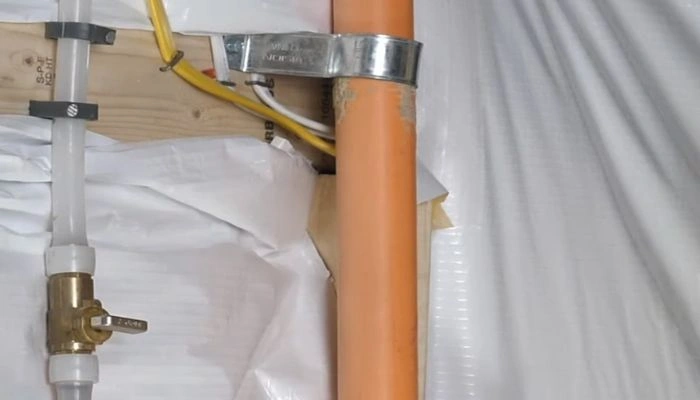
Then, get outside and turn on the hose bib faucet. Don’t be shocked if no water comes out, as it’s normal.
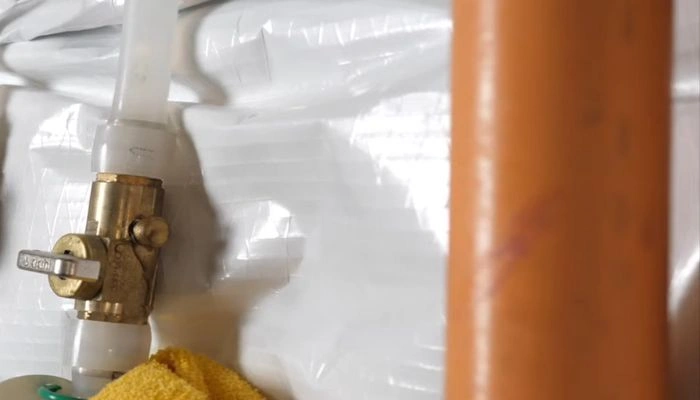
After that, place a bucket and towel underneath the shut-off valve and then slowly turn on the bleeder cap. Let it drain all the water until it stops. Next, go back to the hose bib faucet and turn it off.
Winterize Hose Bib without Bleeder Cap in Shut-off Valve
You can begin the process by placing a bucket under the outdoor hose bib faucet and turning it on fully. It’s essential to use a bucket or else water will drip on the floor.

Then, go to the basement or other spot where the shut-off valve is located and turn it in the off position. Next, go outside and wait for the water to stop flowing from the hose bib faucet.
Be sure to turn the faucet off after the water drains. And then, turn on the shut-off valve to finish the process.
Wrapping Up
A hose bib shut-off valve is a crucial item to have especially if the faucet isn’t frost-free. Now that you understand the basics of this be sure to add an individual shut-off valve if your garden contains tons of hose bibs.
And mark them based on the faucet location using a sticker or a label to find the individual shut-off valve easily.
Hope this guide helps you to acquire the necessary knowledge about the shut-off valve of the hose bib. Have a wonderful day!


